It was five minutes before nine o’clock on a cool Monday morning, and I sat in my car as the sun cast aside the cool night shadows draped over Laphroaig Distillery. The homey scent of burning peat, a smell akin to an earthy woodfire, filled the air. I smiled, clapped the steering wheel, and jumped out of the car. I had arrived to Islay two days earlier, and Laphroaig was the first distillery stop on what would be a week-long crawl among the island’s eight working distilleries.
Islay’s south coast contains the three distilleries responsible for its image as the home of smoky whiskies: Laphroaig, Lagavulin, and Ardbeg. An equal number of Islay’s distilleries produce whiskies with almost no smoke in them, but perhaps I’ll tackle this conundrum in a future post. Laphroaig makes unique, often divisive whisky that will make you look foolish the first time you order it at a bar. It happened to me. One night at the Bow Bar in Edinburgh five years ago I tried to order a LAFF-rig. The bartender smiled and said, “oh, you mean la-FROYG.” You can now spare yourself this moment of humiliation.
Now at the distillery, I navigated through the pretty white-washed buildings to a still bay just losing its dawn mists. Inside the visitor’s center, with its beautifully-branded gift shop, Friends of Laphroaig lounge, and gorgeous museum, I met Bryony. She kindly instructed me to don my wellies (Wellington boots) and jump in the van as we were about to head off to Laphroaig’s water source. In the van with me were four nice folks from Vermont, and Bryony was our guide for this Hunter’s Hike tour.
Bryony’s warm, talkative nature coupled with the bright, sunny morning had us all excited to get hands on Laphroaig’s roots. After a short drive over some rough farm roads, we exited the van and tromped over the hills among sheep to a peaty pool with a small dam. Bryony dipped a glass into the water and took a swig: it’s pure water with a slight brownish tint from the peat. Down by the river on the other side of the dam, Bryony cracked open her backpack and poured us all a dram of Laphroaig 10 Year Cask Strength, which we cut with the pure source water. It was one of those perfect moments you envision when planning a trip, and it was made even better by the joy of my tour mates who had spent the last year meticulously planning their first trip to Scotland.
Laphroaig 10 Year Cask Strength notes: Deep gold hue with oily legs. Aromas of peatsmoke, seaweed, and medicine. On the palate, a huge blast of peaty smoke followed by thick, malty sweetness. Long, warm, woody finish.
Following our dram in the hollow, we hiked back to the van and hit the road for Laphroaig’s peat bogs. The road from Port Ellen north to Bowmore is straight as an arrow and lined by massive peaty expanses. We pulled into a dirt road where a crane was loading peat into a truck and slogged our way through the morass to a peat bank. Cutting peat is hardcore. Bryony showed us how it’s done with several purpose-built tools including a fal, which is used to slice and shape the peat into the distinctive brick shape. Peat looks a lot like mud, but it’s actually compressed vegetation that is usually dried and used as heating fuel. Using the fal to cut a slice of peat is the equivalent of unearthing 100,000 years, and they often find interesting objects like ancient bones in the peat banks. Bryony handed me the fal and I put my young back muscles to good use cutting peat that will be used to make Laphroaig’s signature whiskies.
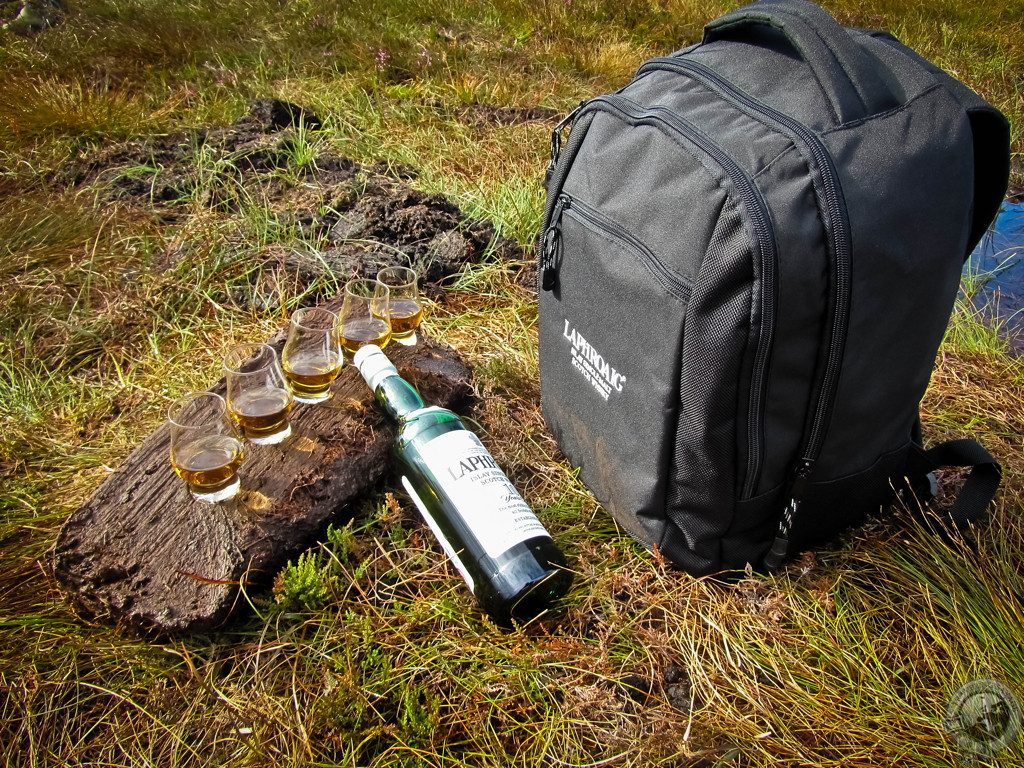
After a good half hour of back-breaking work, Bryony relieved our aches with a dram of Laphroaig 10 Year, their core expression. Her artistic arrangement of the whisky on its constituent parts helped to tie the end product back to its source elements. And it just looked damn cool.
Laphroaig 10 Year notes: Much like the cask strength but with less pop. A bit lighter in color, a bit less intense all around.
We hightailed it back to the distillery since all of us were scheduled to be on the 11:30 distillery tour. Along the way Bryony threw out interesting tidbits like the fact that Laphroaig was legal in the USA during prohibition because it was deemed “medicinal.” At the distillery we said goodbye to Bryony and jumped on the tour. At many points along the way I had the opportunity to get hands on, feeling and tasting the malted barley, loading the furnace with dried peat, stepping into the incredibly smoky kiln, and tasting their fermented brew before distillation. Each of these is a plus in my book and helps Laphroaig stand out as a top-tier distillery visit.
Laphroaig is one of only six (out of 100 total active) distilleries still malting their own barley, though it only accounts for about 15% of their total. Still, it’s a neat look into the way all distilleries used to work before maltings became centralized. Laphroaig is also the only distillery in Scotland to hand-cut their own peat, with my help that is :). It’s an old-school distillery where you won’t see computers playing a prominent role. It’s a system that works, as they sell a ton of whisky.
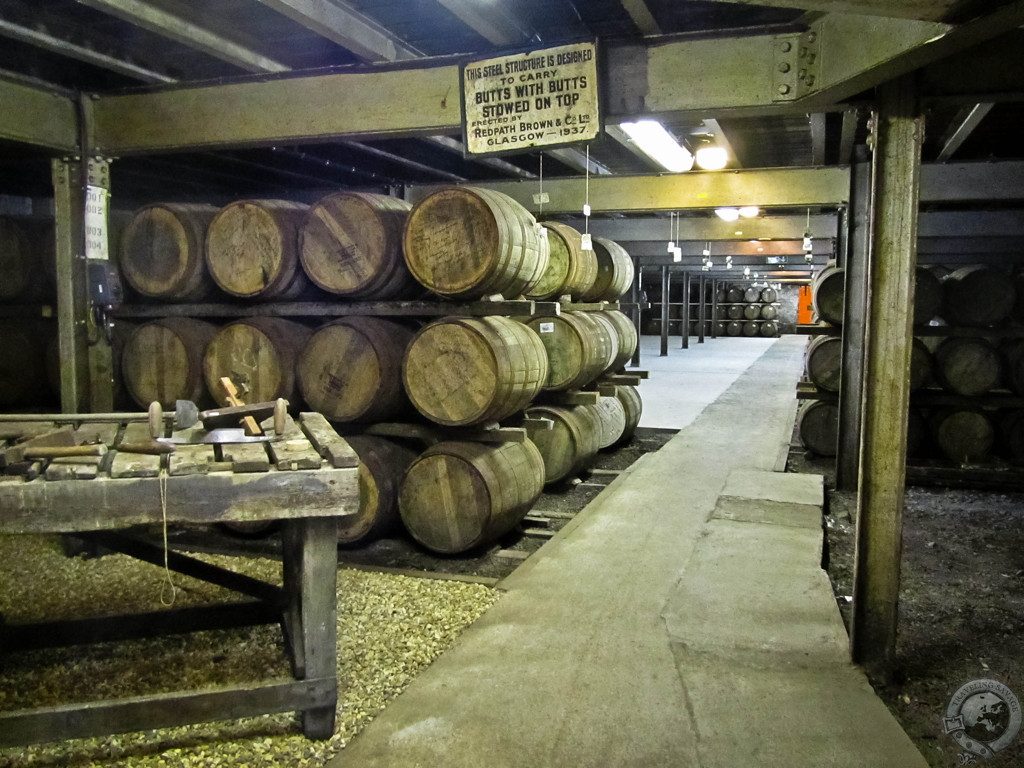
The stillhouse is loaded with short, runty stills with inclined necks. This creates more reflux during distillation and results in a lighter-bodied whisky. I was particularly surprised to hear that 99% of their maturation occurs in ex-Bourbon barrels. This means the sweetness in the whisky might be more inclined toward honey, vanilla, and citrus flavors. All 68,000 of Laphroaig’s casks mature on site (also rarer than you might think), and their dunnage warehouse faces the sea so the salty air infiltrates the whisky.
Quarter Cask notes: Aromas of phenols, seaweed, peatsmoke, malty sweetness. On the palate, a puff of smoke and salt followed quickly by sweetness and lingering pepper. Esthers, copper.
We returned to the visitor’s center where I enjoyed my third dram of the day, a taste of Laphroiag Quarter Cask. It was a delicious way to end an exhausting and exhilarating day out at Laphroaig. One down, seven to go.
Disclosure: Laphroaig provided me with a complementary Hunter’s Hike and distillery tour. All thoughts and opinions expressed here are my own.

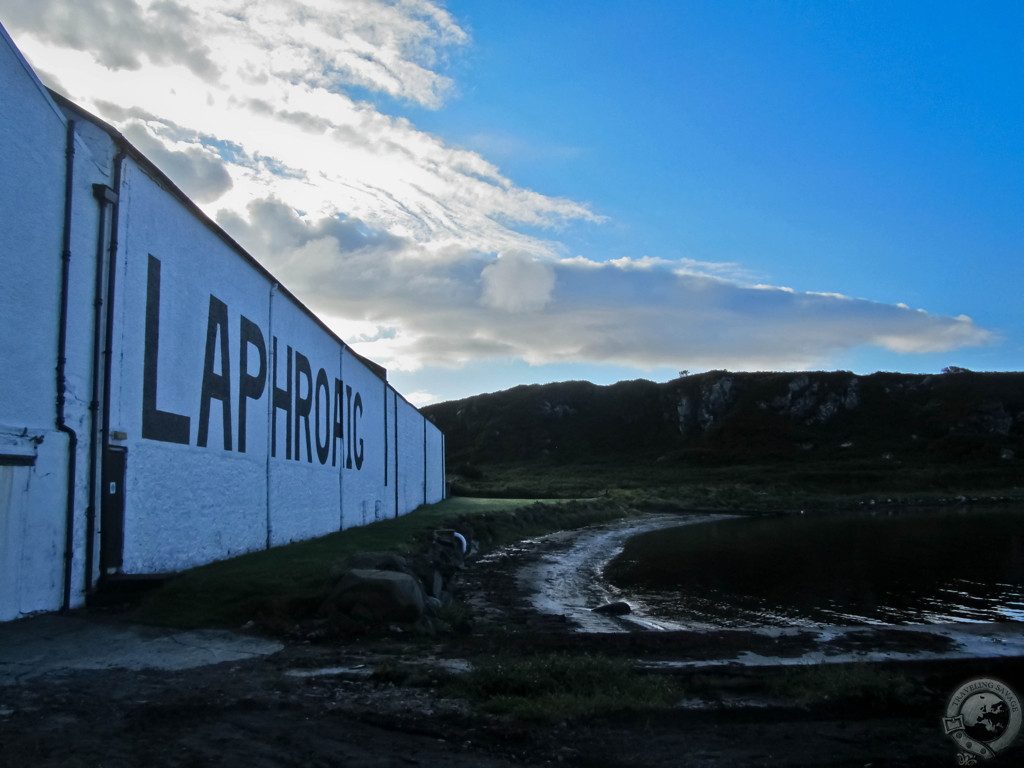
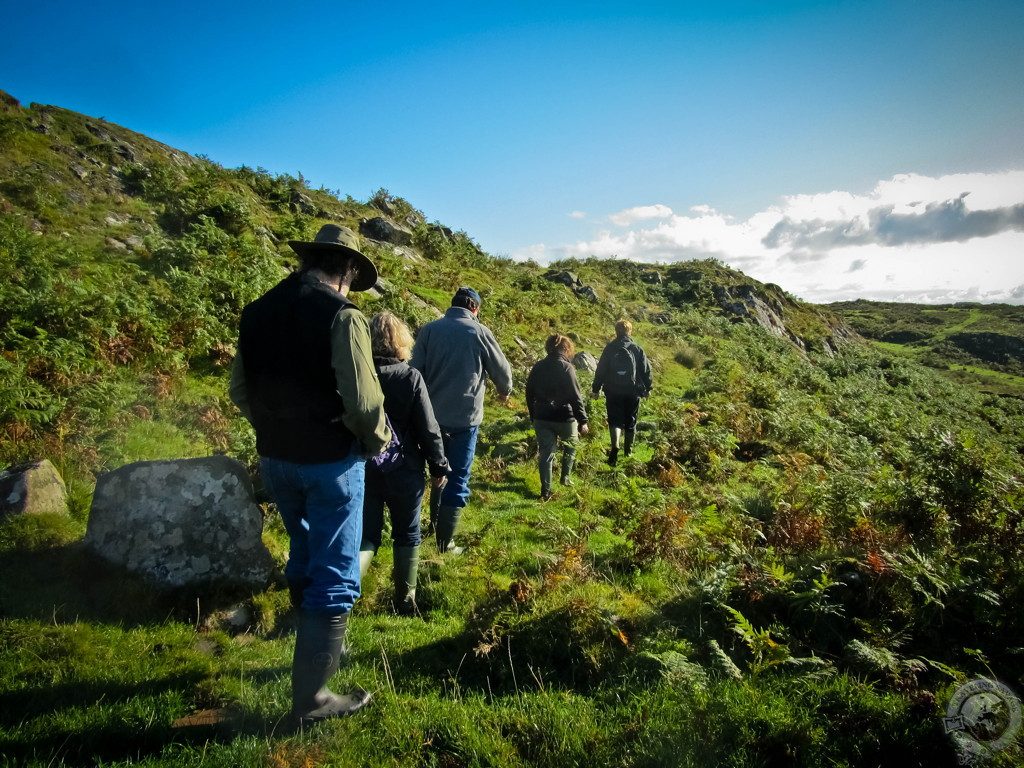
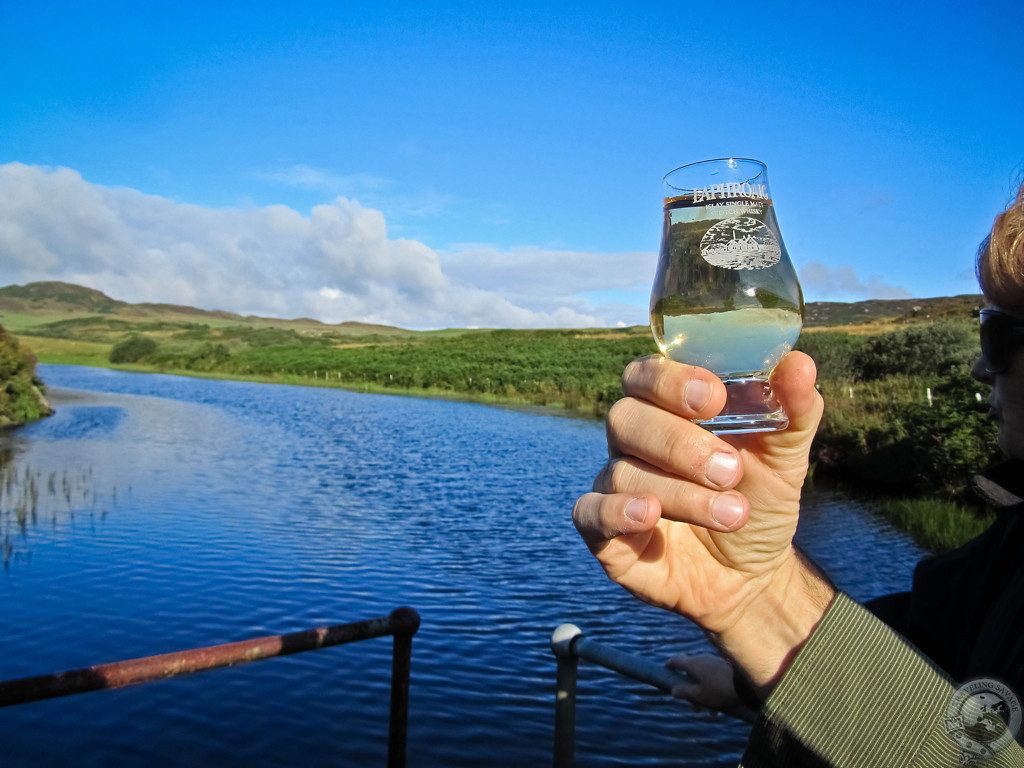
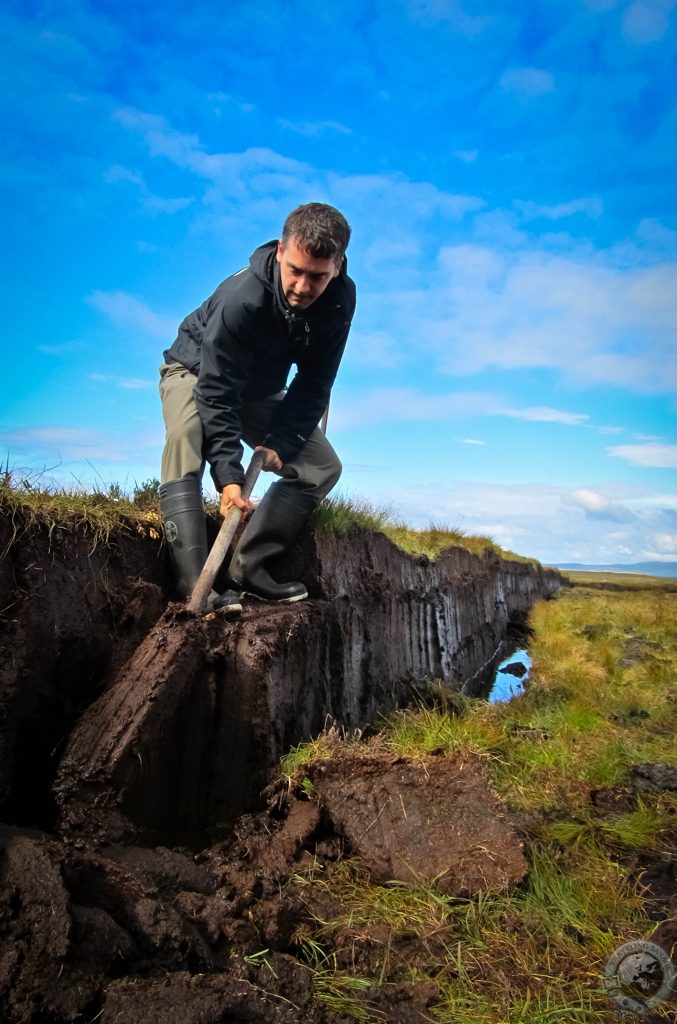
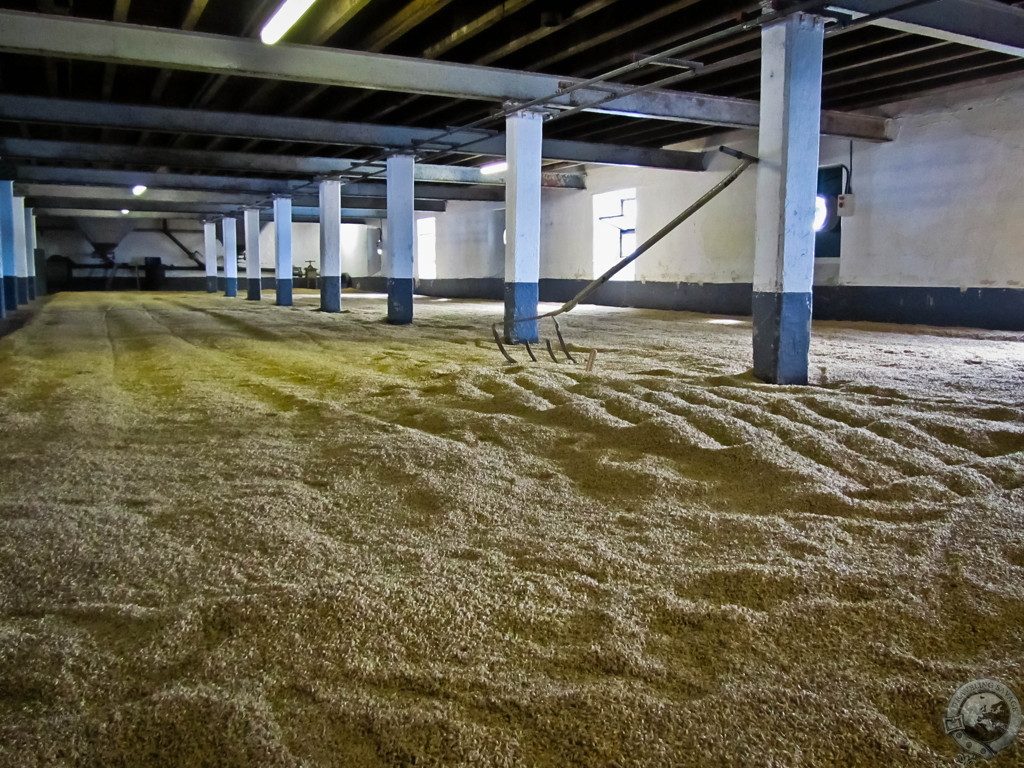
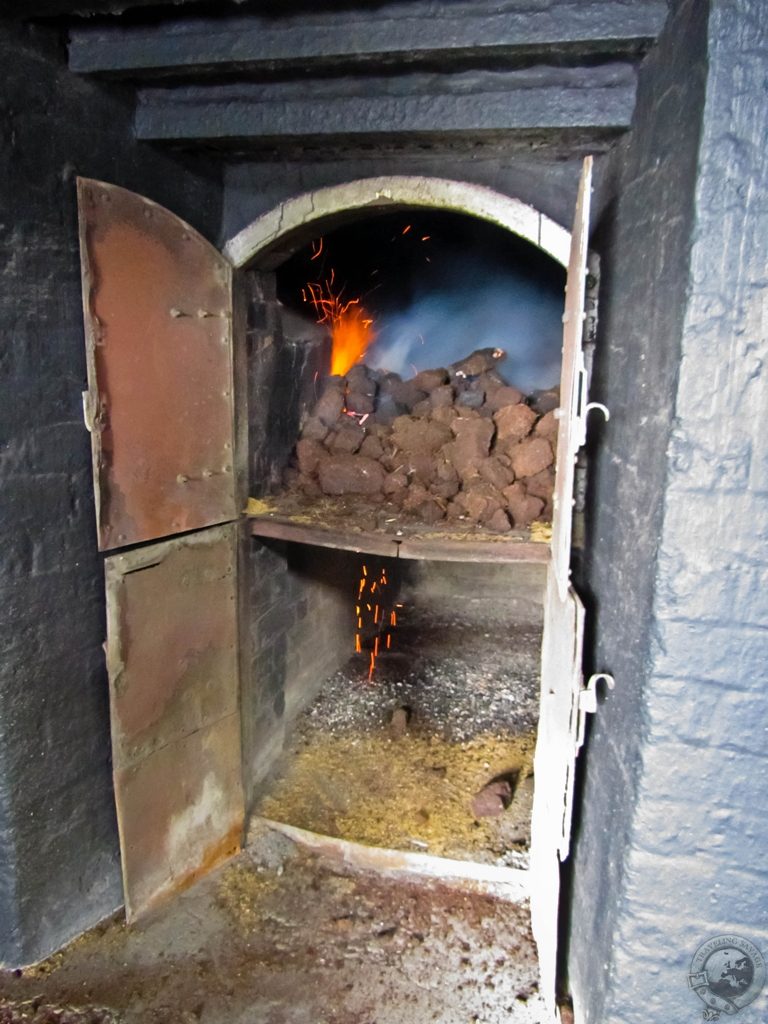
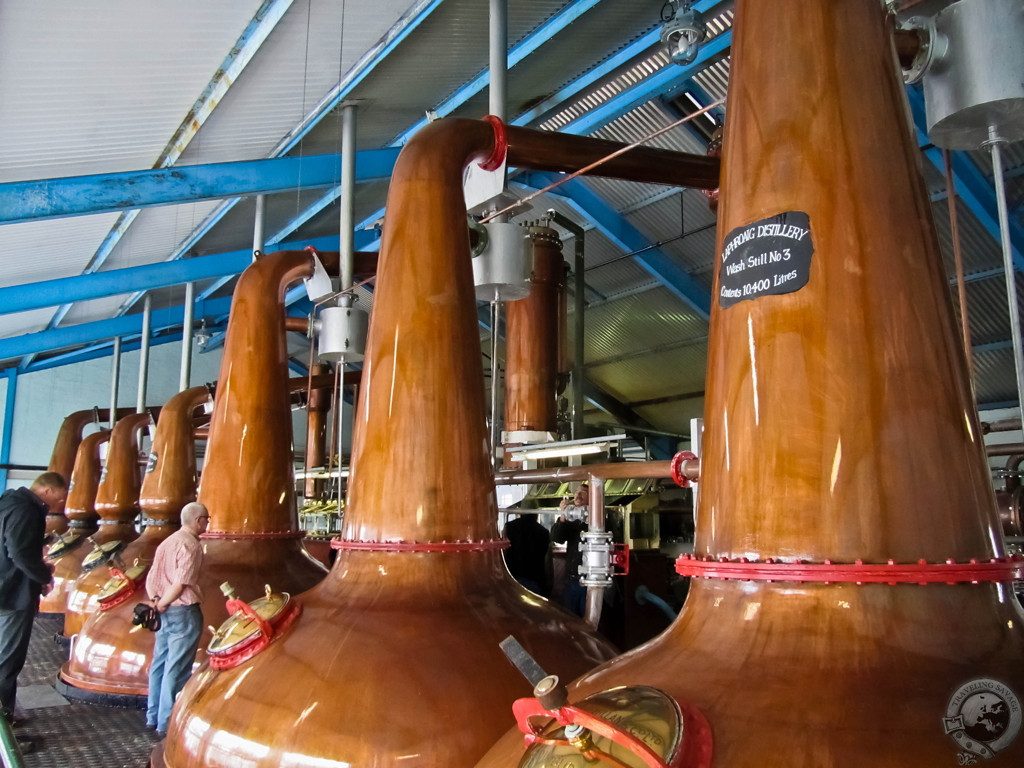
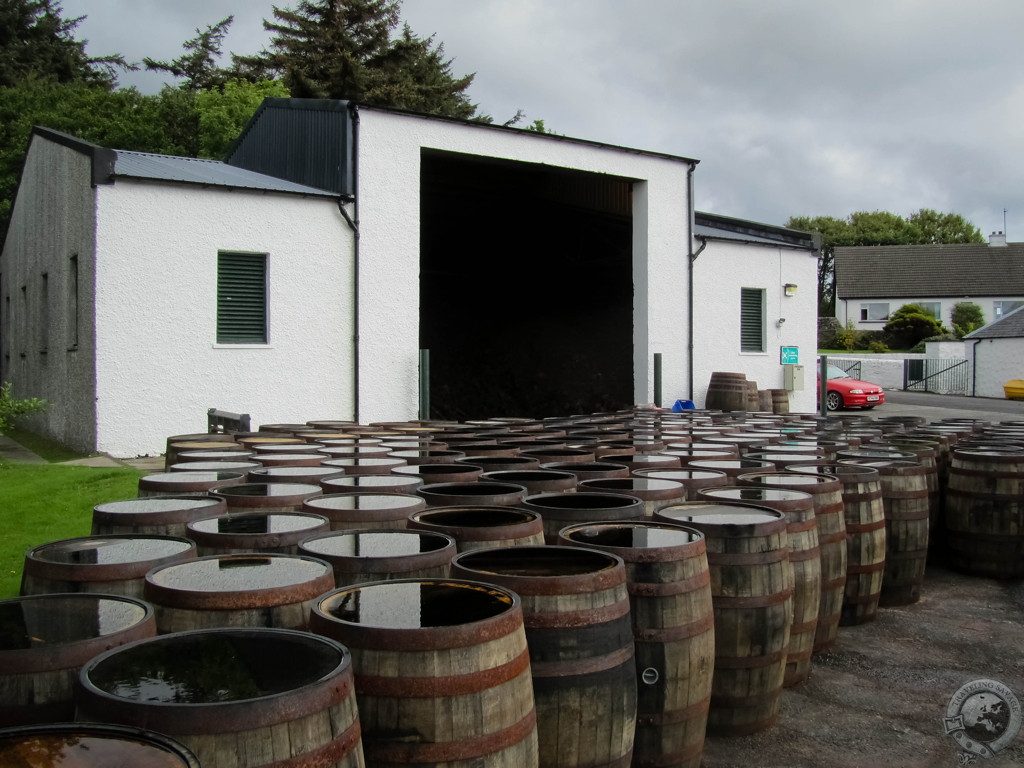
I want it. Their cask strength for sure. Wish I’d been there. Sounds like a great tour.
oh YUM. what an experience!!
It’s there for the taking Ken. Come & see us next year (we don’t cut peat in the winter). Cheery Bryony
Great to see you here, Bryony! Thanks a million for such a great tour!
Well if I ever order it now I know how to pronounce it! I know the taste is much much different but the look of it reminds me or port wine!
I can see the resemblance. Ports, like whiskies, have quite a bit of variation in color.
Laphroaig has been our house whisky for the past several years; I love introducing people to it and seeing their reactions. I’ve tried many other smoky, peaty whiskys but I keep coming back to my first love. 🙂
I’m in the process of planning a 2013 trip to England and Scotland for us, and this is definitely an experience I want to add to the itinerary. Where would you recommend staying?
That’s a tough question because accommodation on Islay is relatively scarce. Bowmore town should certainly be your first choice as a homebase. Look into the Bowmore cottages – you can rent your own self-catering spot right around the corner from Bowmore distillery.
Or if Laphroaig is your first love and you would like to wake up with a view of the Laphroaig warehouses try The Old Excise House.